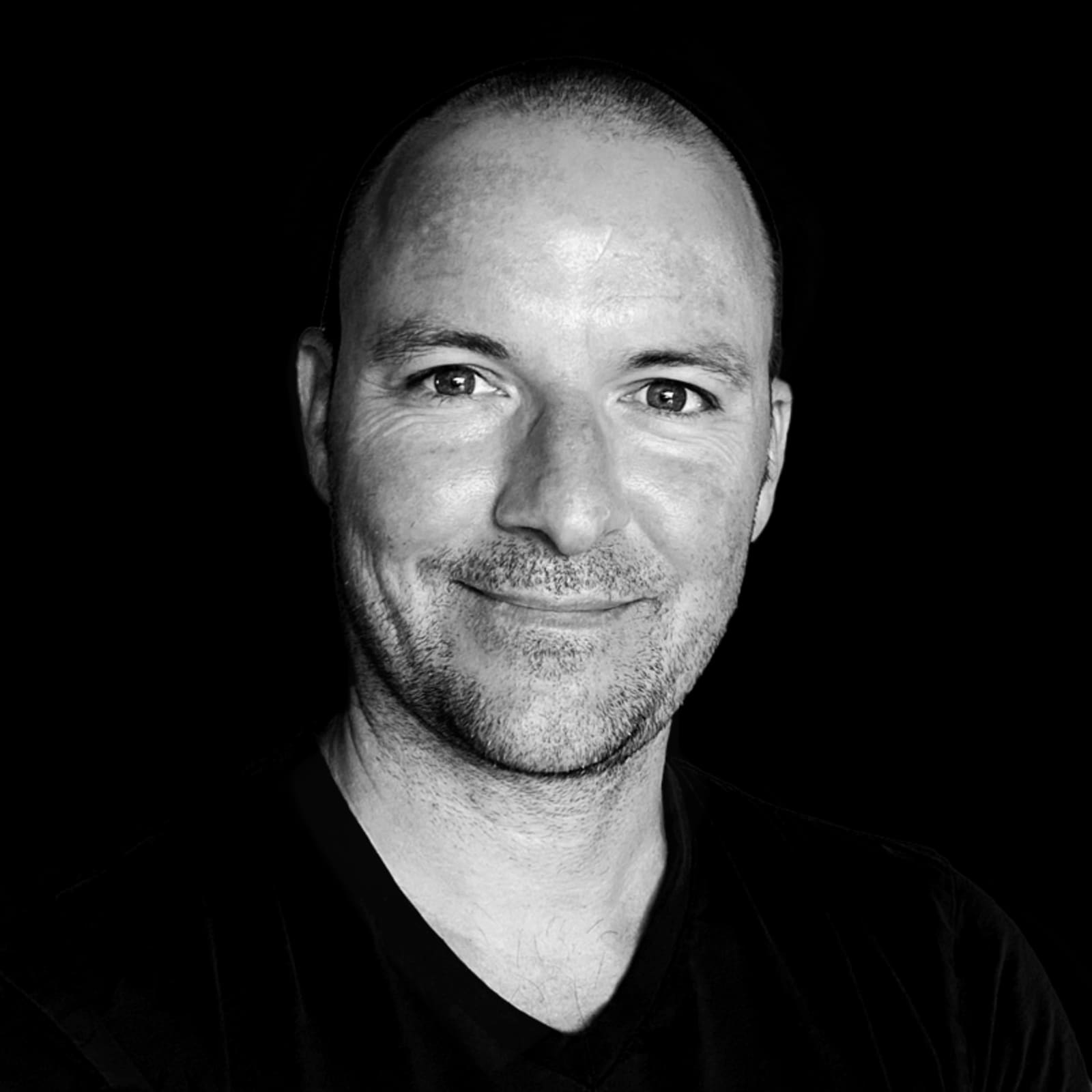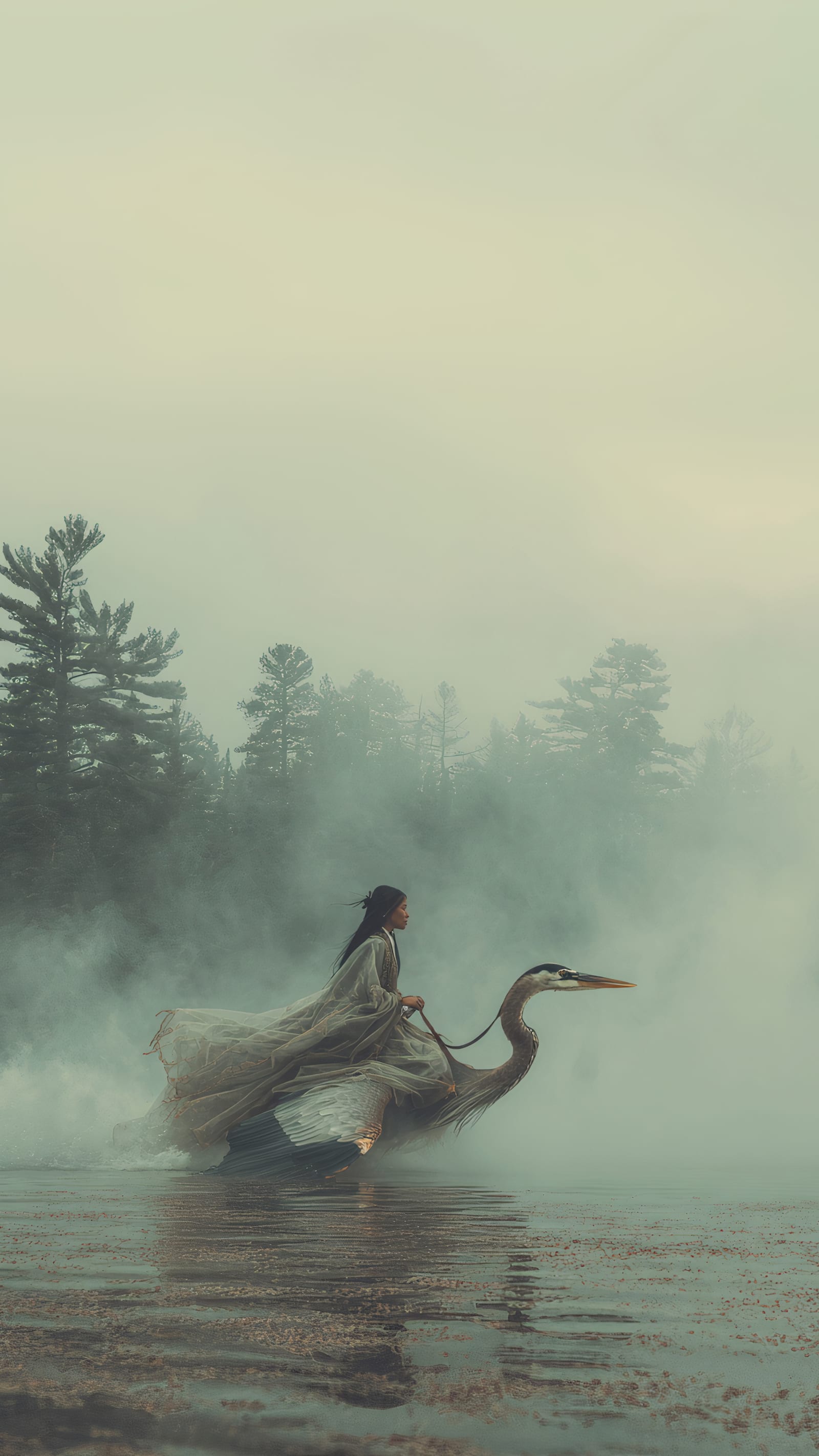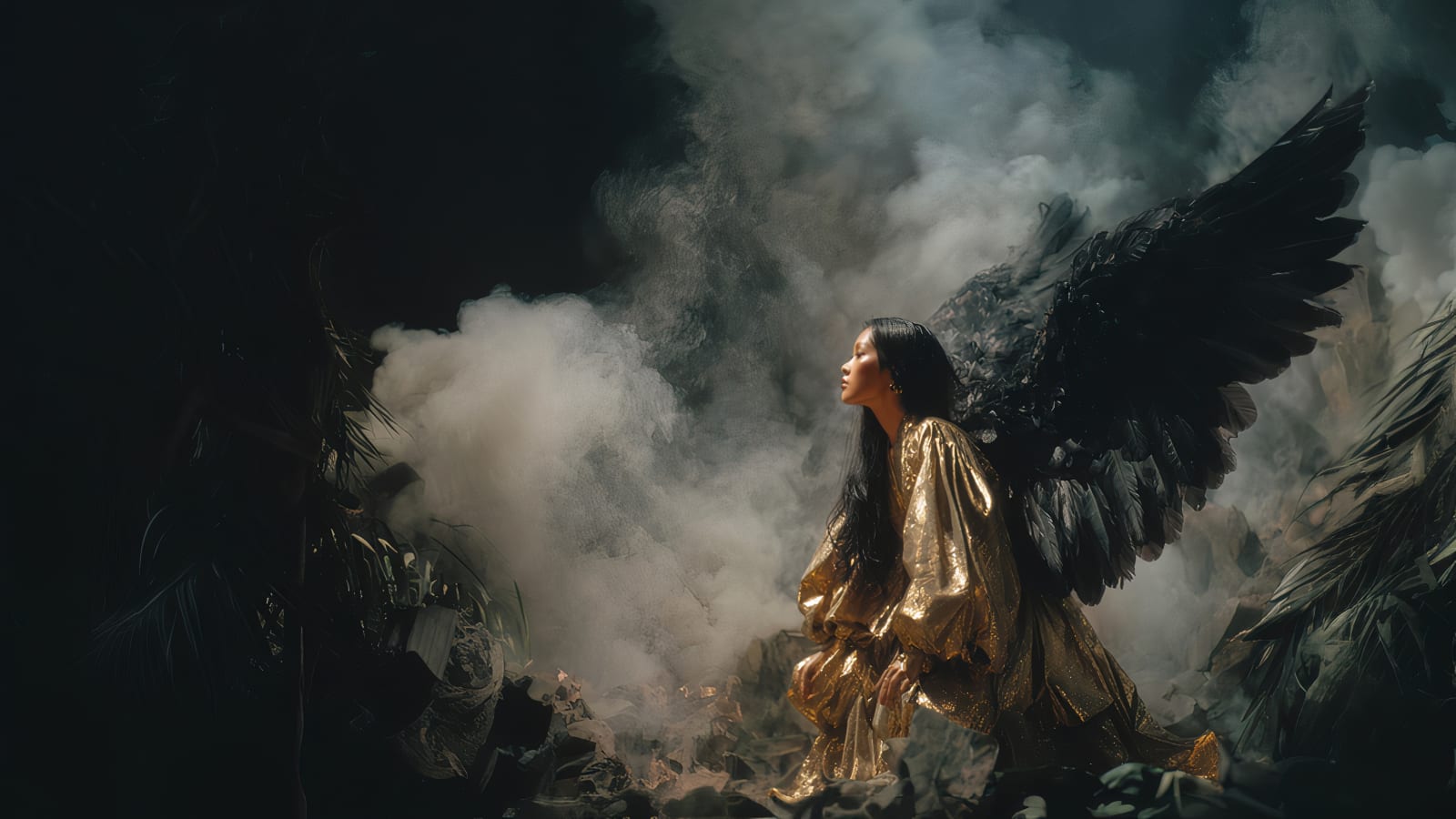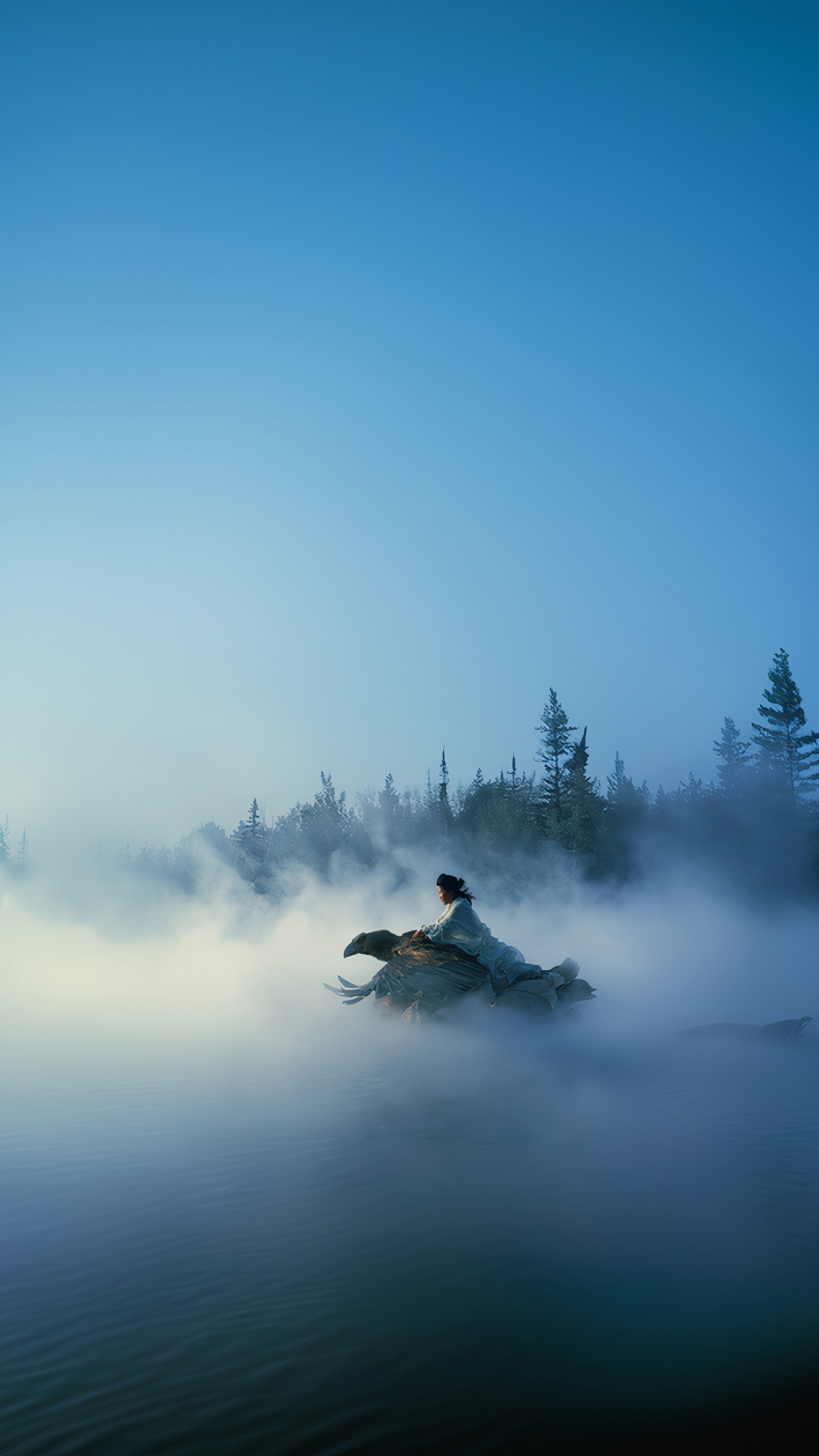Somewhere on the far-side, where the sun met the dirt, the locals would run out of their caves, and sink into the screaming echos of the surrounding flora. 1

The Brigadoon Dispatch
- Nature
- Fantasy
Somewhere on the far-side, where the sun met the dirt, the locals would run out of their caves, and sink into the screaming echos of the surrounding flora. 1
artwork infos
portrait
ai
01:00
2025
The Brigadoon Dispatch
In a far off valley, specia...
The Brigadoon Dispatch
Somewhere on the far-side, ...
The Brigadoon Dispatch
The condensation exhaled by...
The Brigadoon Dispatch
Somewhere on the far-side, ...
The Brigadoon Dispatch
It was once fashionable for...
The Brigadoon Dispatch
The sky crashed upon the wa...
The Brigadoon Dispatch
The harvests were becoming ...
The Brigadoon Dispatch
There was a place that slow...
The Brigadoon Dispatch
As the sun set each season,...

The Brigadoon Dispatch
They had invented a place w...

The Brigadoon Dispatch
In the remote lake regions ...

The Brigadoon Dispatch
It was once fashionable for...

The Brigadoon Dispatch
After slipping off an oily ...

The Brigadoon Dispatch
The clouds provided sure fo...

The Brigadoon Dispatch
As more and more birds migr...

The Brigadoon Dispatch
She had been raised on an o...

The Brigadoon Dispatch
They had invented a place w...

The Brigadoon Dispatch
Deep in the forest, emergin...

The Brigadoon Dispatch
In a fertile area far from ...

The Brigadoon Dispatch
Hundreds of years ago, gene...
The Brigadoon Dispatch
Deep in the darkest corner ...
The Brigadoon Dispatch
Commuter birds were origina...

The Brigadoon Dispatch
She had been raised on an o...

The Brigadoon Dispatch
Each morning they would ris...
Ryan Taylor is a multidisciplinary artist and award-winning designer of lighting & furniture. His works have been featured in publications including Elle Decor, Wallpaper, Dwell, Grazia and Y Magazine. With a background in the visual arts; having studied photography, sculpture and digital media, and with over twenty years working in graphic, interactive & industrial design, Ryan mixes his appreciation of art & design into various forms.
Through The Brigadoon Dispatch, Ryan has created a magical world, that harnesses the power of A.I. to create vignettes as a cathartic personal creative outlet that is a culmination of all his life experiences. Ryan lives & works in Toronto, Canada.

Somewhere on the far-side, where the sun met the dirt, the locals would run out of their caves, and sink into the screaming echos of the surrounding flora. 1
"Somewhere on the far-side, where the sun met the dirt, the locals would run out of their caves, and sink into the screaming echos of the surrounding flora."
Brigadoon is a place not here nor there. It’s an alternate dimension at the fringe of reality, only accessible at certain times, and for a limited time. Brigadoon is an old legend from Scottish folklore, and these are the postcards sent from that place — a journal documenting the travels through that beautifully bizarre ethereal world where the future is T.B.D.
ai
portrait
01:00
2025